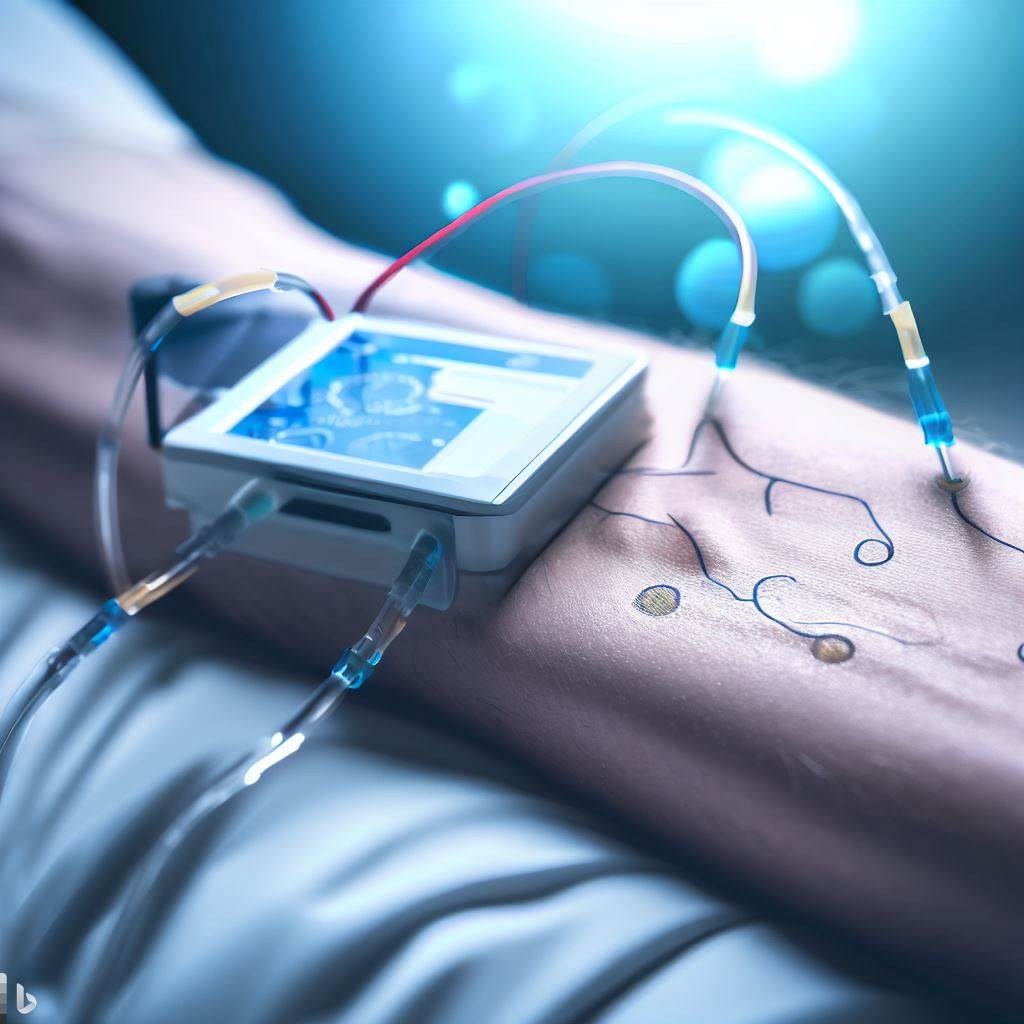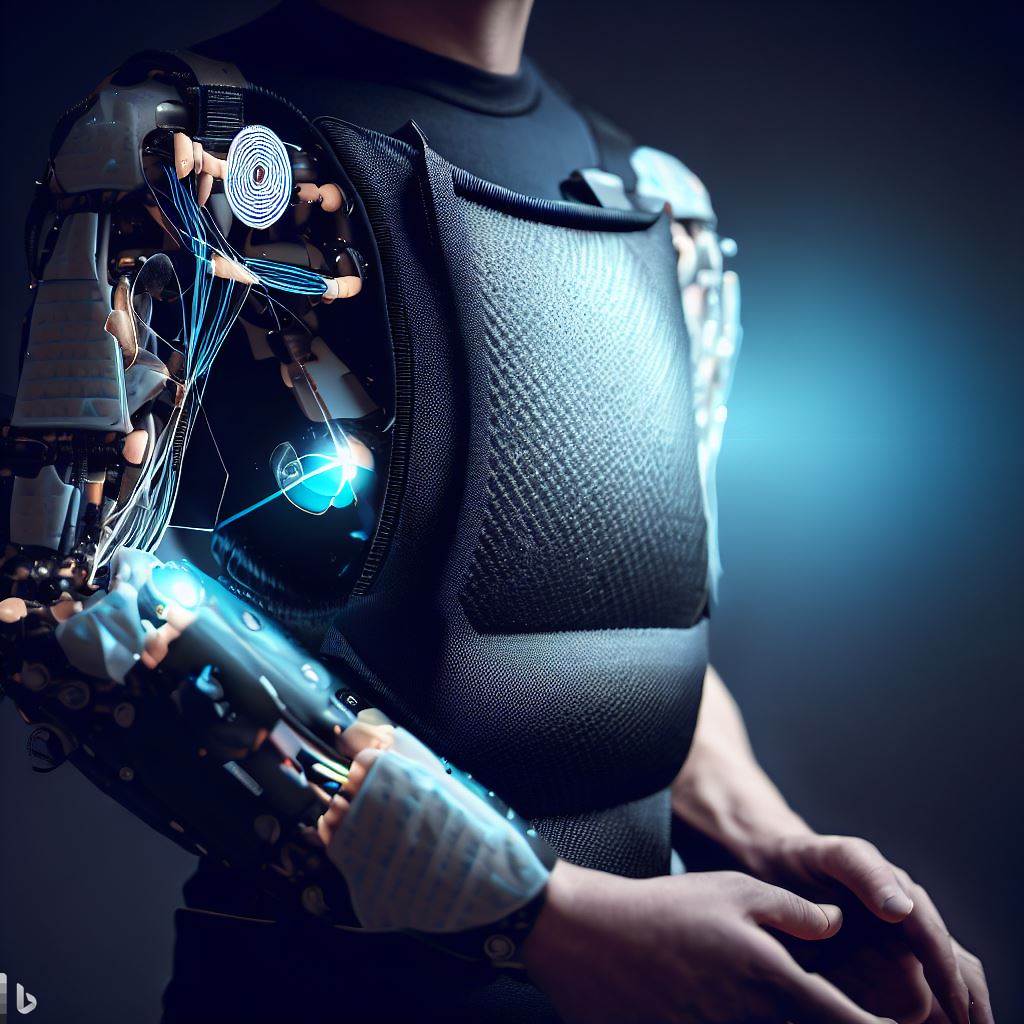Smart materials are materials that can change their properties in response to external stimuli, such as heat, light, or electric field. This makes them ideal for a variety of applications, including human body motion, speech recognition, and medical diagnostics.
One of the most promising applications of smart materials for human body motion is in the development of exoskeletons. Exoskeletons are wearable devices that can provide support and assistance to people with disabilities or who are recovering from injuries. Smart materials can be used to make exoskeletons that are more lightweight, flexible, and responsive to the wearer’s movements.
Another promising application of smart materials for human body motion is in the development of prosthetics. Smart materials can be used to create prosthetics that are more lifelike and responsive to the wearer’s movements. This could help people with amputations to regain a greater degree of mobility and independence.
Smart materials are also being used to develop new methods for speech recognition. One approach is to use smart materials to create sensors that can detect the vibrations of the vocal cords. These sensors can then be used to create a more accurate representation of the spoken word.
Smart materials are also being used to develop new methods for medical diagnostics. One approach is to use smart materials to create sensors that can detect changes in the body’s chemistry. These sensors can then be used to monitor for diseases or other health conditions.

A smart device has the potential to revolutionize the way dialysis is performed. By providing continuous and unobtrusive monitoring of vital signs and blood parameters, it could help to identify and treat problems early, preventing serious complications. Additionally, the device could help to individualize treatments and improve patient outcomes by adjusting the dialysis fluid and duration according to the patient’s needs. This could lead to better quality of life and reduced health-care costs.The device could also reduce the risk of infections, clotting and inflammation associated with conventional dialysis catheters. This is because the device would not require a catheter to be inserted into the body, which is a common site for infection. Additionally, the device could be used to perform dialysis at home or on the go, which would give patients more freedom and flexibility.
Finally, the device could provide real-time feedback and remote guidance to patients and clinicians through a smartphone app. This would allow patients to track their progress and communicate with their clinicians in real time, which could help to improve adherence to treatment and outcomes.
Overall, the smart device we are describing has the potential to improve the quality of life and health outcomes for patients on dialysis. It is still in the early stages of development, but it has the potential to revolutionize the way dialysis is performed.
Dr. Deniz Eren Erisen
The development of smart materials is a rapidly growing field with the potential to revolutionize a wide range of industries. By understanding how smart materials work and how they can be used, we can create new technologies that will improve our lives in many ways.
Here are some specific examples of how smart materials are being used for human body motion, speech recognition, and application:
- Smart materials are being used in exoskeletons to provide support and assistance to people with disabilities or who are recovering from injuries. For example, the Ekso Bionics exoskeleton uses smart materials to provide up to 200 pounds of force to help people walk.
- Smart materials are being used in prosthetics to create more lifelike and responsive devices. For example, the i-limb Quantum prosthetic hand uses smart materials to create a hand that can grip objects with a variety of forces.
- Smart materials are being used to develop new methods for speech recognition. For example, the Carnegie Mellon University’s Whispering Gallery Sensor uses smart materials to detect the vibrations of the vocal cords. This sensor can then be used to create a more accurate representation of the spoken word.
- Smart materials are being used to develop new methods for medical diagnostics. For example, the University of California, Berkeley’s Smart Skin sensor uses smart materials to detect changes in the body’s chemistry. This sensor can then be used to monitor for diseases or other health conditions.

Examples of smart materials used in exoskeletons
- Shape memory alloys (SMAs) are materials that can change their shape when heated or cooled. SMAs are often used in exoskeletons to provide a degree of flexibility and compliance. SMAs are typically made of titanium and nickel. When they are heated, they return to their original shape. This property is called the shape memory effect. SMAs are often used in exoskeletons to provide a degree of flexibility and compliance. This is important because it allows the exoskeleton to move with the wearer’s natural movements.
- Piezoelectric materials are materials that generate an electric current when they are deformed. Piezoelectric materials are often used in exoskeletons to provide feedback to the wearer and to control the movement of the exoskeleton. Piezoelectric materials are typically made of quartz or barium titanate. When they are deformed, they generate an electric current. This property is called the piezoelectric effect. Piezoelectric materials are often used in exoskeletons to provide feedback to the wearer and to control the movement of the exoskeleton. For example, piezoelectric sensors can be used to detect the wearer’s muscle activity. This information can then be used to control the exoskeleton’s movements.
- Conductive polymers are polymers that conduct electricity. Conductive polymers are often used in exoskeletons to create sensors and actuators. Conductive polymers are typically made of polyaniline or polyacetylene. They conduct electricity because they contain long chains of molecules that are arranged in a regular pattern. Conductive polymers are often used in exoskeletons to create sensors and actuators. For example, conductive polymer sensors can be used to detect the wearer’s body temperature. This information can then be used to control the exoskeleton’s temperature.
- Electroactive polymers (EAPs) are polymers that change their shape when an electric field is applied. EAPs are often used in exoskeletons to provide a degree of force assistance. EAPs are typically made of polyvinylidene fluoride (PVDF). When an electric field is applied, they change their shape. This property is called the electroactive effect. EAPs are often used in exoskeletons to provide a degree of force assistance. For example, EAP actuators can be used to help the wearer lift heavy objects.
The possible benefits of an exoskeleton are
- Increased productivity: Exoskeletons can help workers to lift and carry heavy objects more easily, which can lead to increased productivity.
- Reduced injuries: Exoskeletons can help to reduce the risk of injuries from lifting and carrying heavy objects.
- Improved safety: Exoskeletons can help to improve safety by providing support and assistance to workers in hazardous environments.
- Increased independence: Exoskeletons can help people with disabilities to be more independent by providing support and assistance with activities of daily living.
- Improved quality of life: Exoskeletons can help people with disabilities to improve their quality of life by allowing them to participate in activities that they would not otherwise be able to do.
Exoskeletons are still in the early stages of development, but they have the potential to revolutionize the way we work and live. They have the potential to improve productivity, reduce injuries, improve safety, and increase independence for people with disabilities. As the technology continues to develop, we can expect to see even more innovative and life-changing applications of exoskeletons in the years to come.
How Smart Materials Are Revolutionizing the Way We Live and Work
Smart materials are a new and exciting field of technology with the potential to revolutionize the way we live and work. They are already being used in a variety of applications, including exoskeletons, medical devices, and sensors. As the technology continues to develop, we can expect to see even more innovative and life-changing applications of smart materials in the years to come.
In particular, smart materials have the potential to improve the quality of life for people with disabilities. For example, exoskeletons can help people with disabilities to be more independent by providing support and assistance with activities of daily living. Additionally, smart materials can be used to create medical devices that are more comfortable and effective than traditional devices.
Overall, smart materials are a promising new technology with the potential to make a significant impact on our lives. As the technology continues to develop, we can expect to see even more innovative and life-changing applications of smart materials in the years to come.
